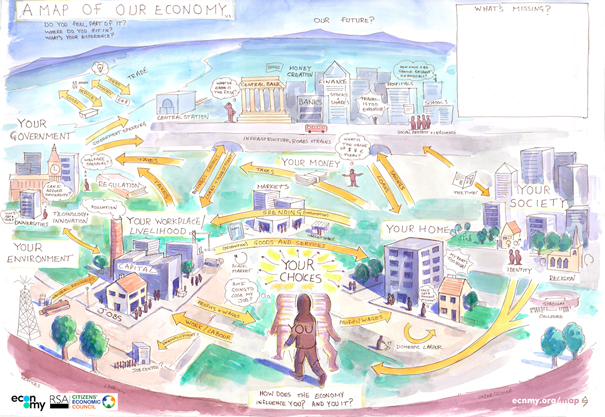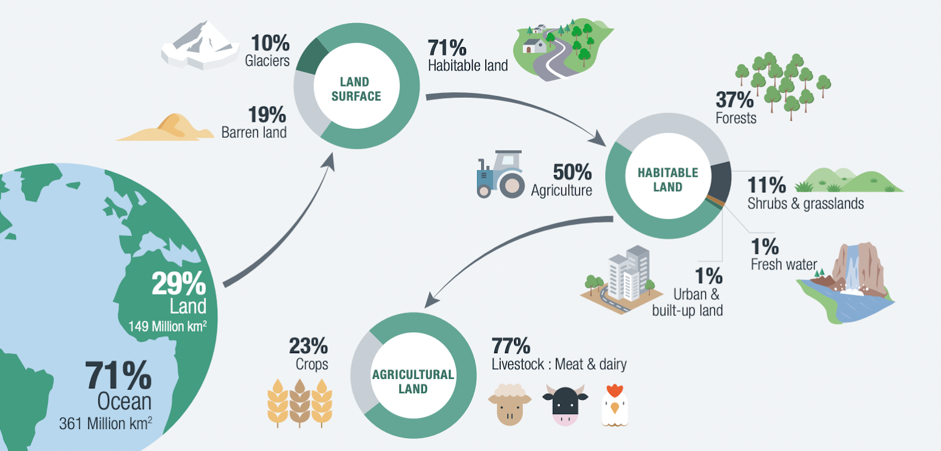Suggestions for incremental change to microeconomics courses, drawn from the ten building blocks of Economy Studies.
General approach
Change often happens incrementally and slowly. In the economics textbook market, for example, there is an unwritten rule that new textbooks cannot differ more than roughly 15% from the standard textbook in order to be ‘acceptable’ (Colander, 2003).
While our book clearly breaks this rule and proposes more far-reaching and fundamental changes in most chapters, in this chapter we focus instead on how existing courses could be adjusted incrementally. By doing so, we hope to assist educators in improving and adapting the courses they teach without needing to rip them up and start again, as well as helping students make suggestions for how this could be done.
First, we set out the typical contents of current courses. Second, we provide our suggested additions and changes. It is important to note that we pose all these suggestions as potential sources of inspiration, not a checklist of all the things that necessarily should be included. After all, there is a practical limit to what can be taught within a single course.
Courses:
Typical contents of current courses
Most introductory courses on microeconomics start from the neoclassical idea of the perfect market. This market is generally described as ‘perfect’ in the sense that it is, normatively speaking, optimal, and that it has exactly the following characteristics: rational self-interested behaviour, complete markets, perfect information, perfect factor mobility, no market power, no transaction costs, and no externalities. Later in the course and more advanced microeconomics courses, much attention is devoted to how such perfect markets interact with each other (general equilibrium theory). As well as what happens if one of the assumptions does not apply and the market is imperfect. For example: market power is central in industrial organisation, externalities in environmental economics, transaction costs in the theory of the firm, and information asymmetries in information economics. And finally, welfare economics focuses on whether such market imperfections justify government intervention in the market.
Frequently used textbooks:
- Principles of Microeconomics by Gregory Mankiw
- Microeconomic Theory: Basic Principles and Extensions by Walter Nicholson and Christopher M. Snyder
- Microeconomics and Behaviour by Robert Frank and Edward Cartwright
- Microeconomics by Anthony Partrick O’Brien and Glenn Hubbard
- Microeconomics by Austan Goolsbee and Steven Levitt
- Microeconomics by Daniel L. Rubinfeld and Robert Pindyck
- Microeconomics by Paul Krugman and Robin Wells
- Microeconomics: Principles, Problems, and Policies By Campbell McConnell, Stanley Brue and Sean Flynn
- Microeconomics: Theory and Applications with Calculus by Jeffrey M. Perloff
- Intermediate Microeconomics by Patrick M. Emerson
- Intermediate Microeconomics: A Modern Approach by Hal R. Varian
- Intermediate Microeconomics: A Tool-Building Approach by Samiran Banerjee
- Advanced Microeconomic Theory: An Intuitive Approach with Examples by Felix Munoz-Garcia
Suggested additions and changes
Relevant teaching packs
Recommended books
- The Microeconomics of Complex Economies: Evolutionary, Institutional, Neoclassical and Complexity Perspectives by Wolfram Elsner, Torsten Heinrich, and Henning Schwardt, from 2014, chapter 17. This innovative textbook makes readers familiar with new insights coming from frontier mainstream economic research, with particular attention to game theory, agent-based modelling, system dynamics, and empirical realities.
- Microeconomic Principles and Problems A Pluralist Introduction by Geoffrey Schneider, from 2019. An engaging entree into the world of economic ideas, capitalism, markets, inequality, trade and government policies.
- Microeconomics in Context by Neva Goodwin, Jonathan Harris, Julie A. Nelson, Pratistha Joshi Rajkarnikar, Brian Roach, and Mariano Torras, from 2023. A useful textbook that treats much of the traditional content, but pays considerably more attention to questions related to financial crises, social inequality and environmental sustainability.
- Economics: The User’s Guide by Ha-Joon Chang, from 2014. This book provides a pluralist and accessible introduction into, among others, different economic approaches relevant for understanding the world of production, happiness and inequality.
- The Economy by The CORE Team, from 2017. This textbook discusses many microeconomic topics, such as supply and demand, the firm, social interactions, power and inequality, while including recent mainstream insights and empirical findings.
- Economics After The Crisis by Irene van Staveren, from 2015. This textbook discusses the topics of households, consumption, firms and markets from the neoclassical, institutional, social and post-Keynesian perspectives.
- Introducing a New Economics by Jack Reardon, Molly S. Cato, Maria A. C. Madi, from 2018. This textbook introduces the topics of economic value, markets, firms, consumption, and power from the post-Keynesian, Austrian, Marxian, and neoclassical perspectives.
- Governing the Commons: The Evolution of Institutions for Collective Action by Elinor Ostrom, most recent edition from 2015. A sharp and rigorous discussion of commons, how they are different from markets and hierarchies, how we should theorise them and real-world examples that help us better understand how they can be successful.
- What Money Can’t Buy: The Moral Limits of Markets by Michael J. Sandel, most recent edition from 2012. A highly influential and well-written book reflecting on the moral place of markets in society and asking the key question whether everything should be up for sale. The Institute for New Economic Thinking has also launched a video series on the book and topic.
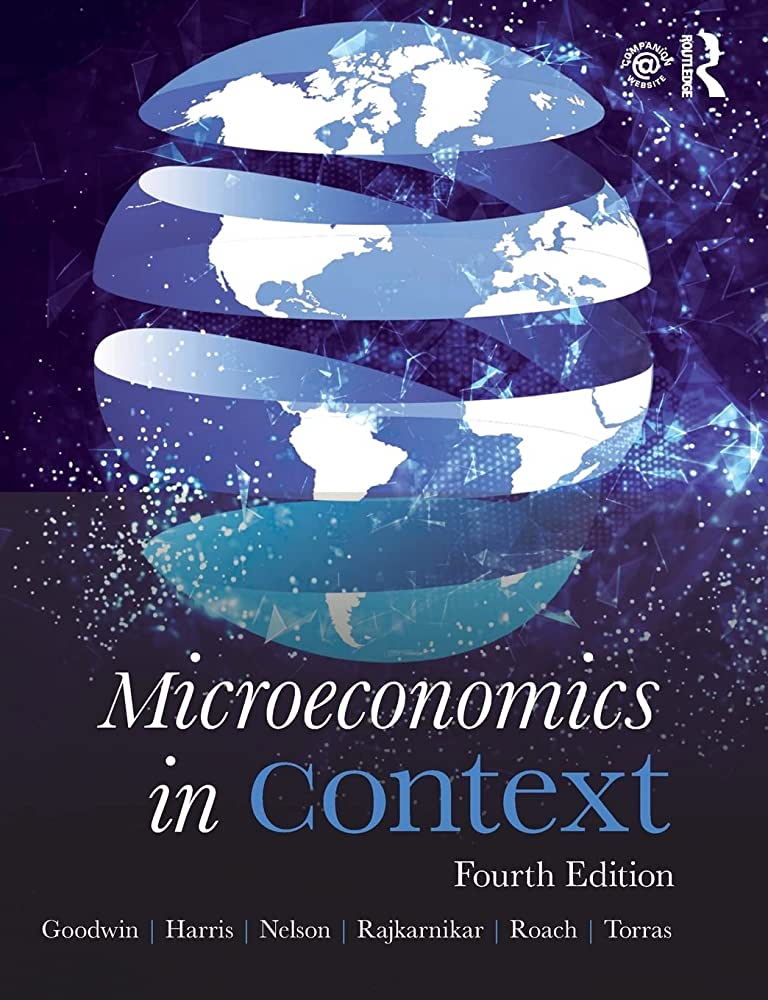
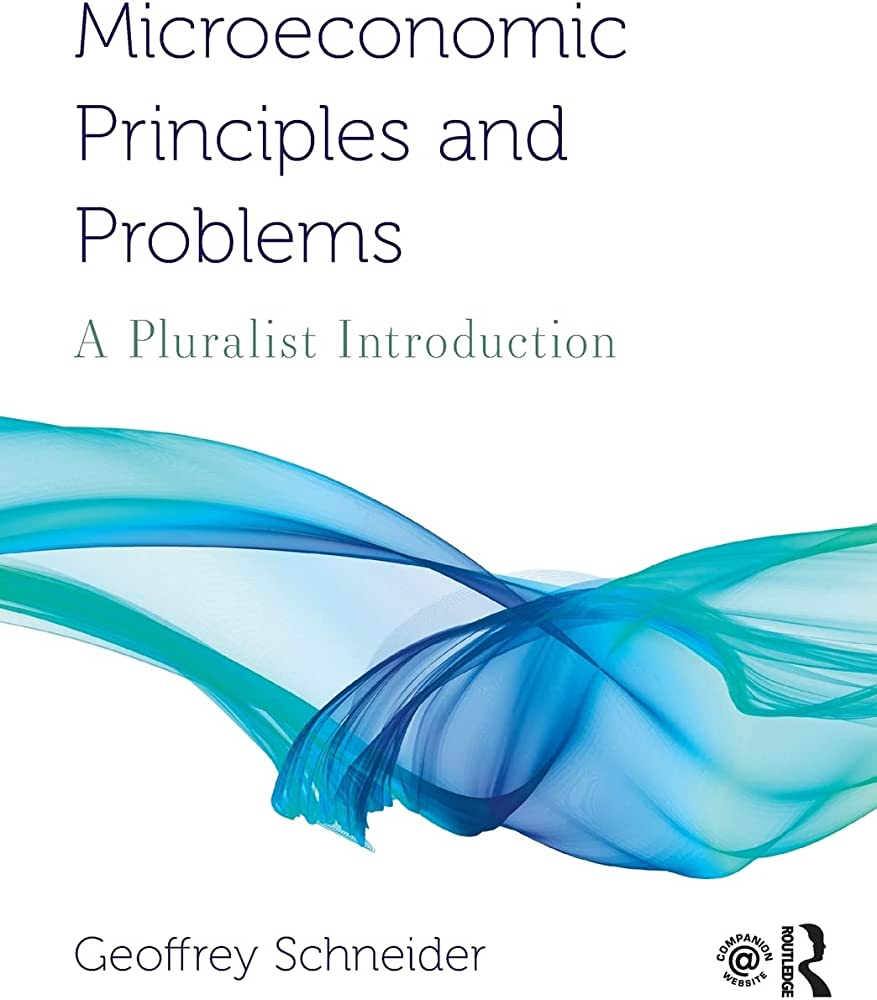
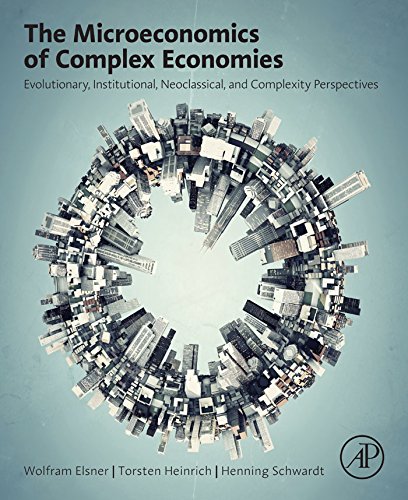
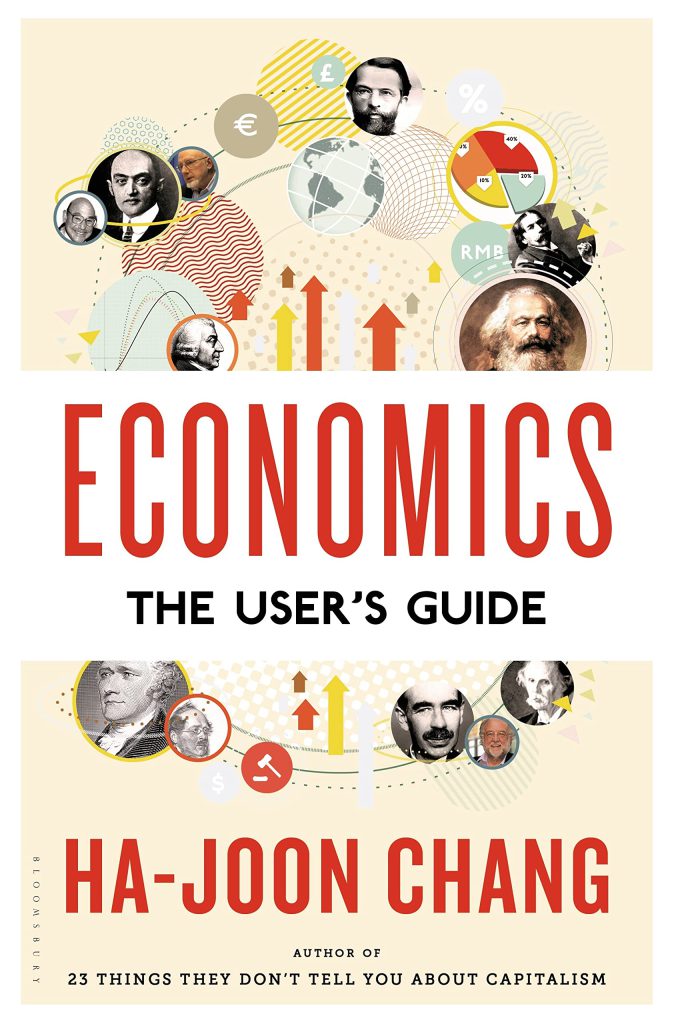
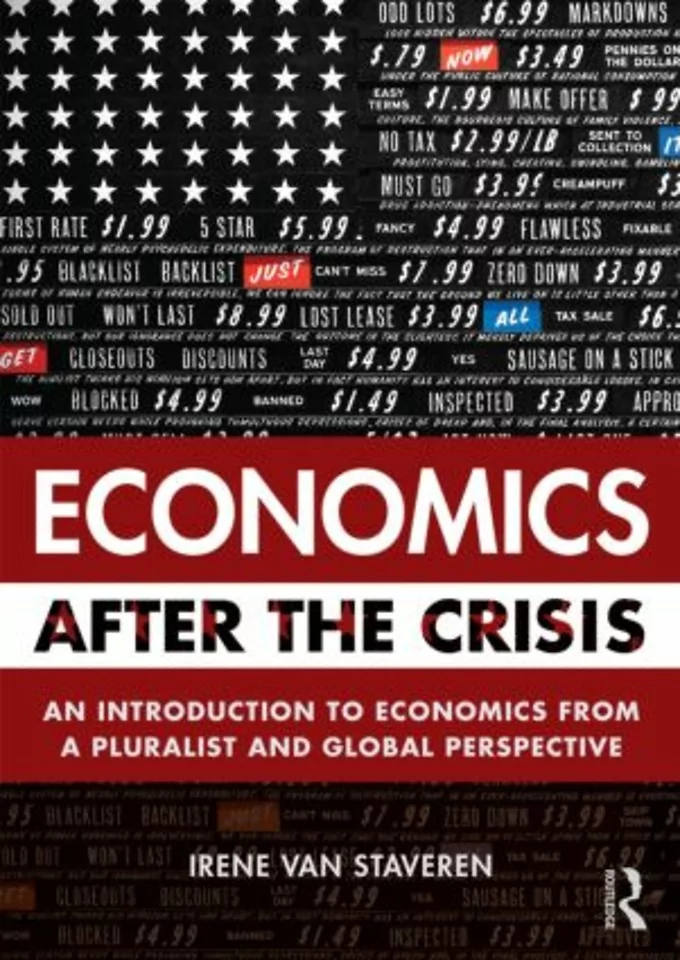

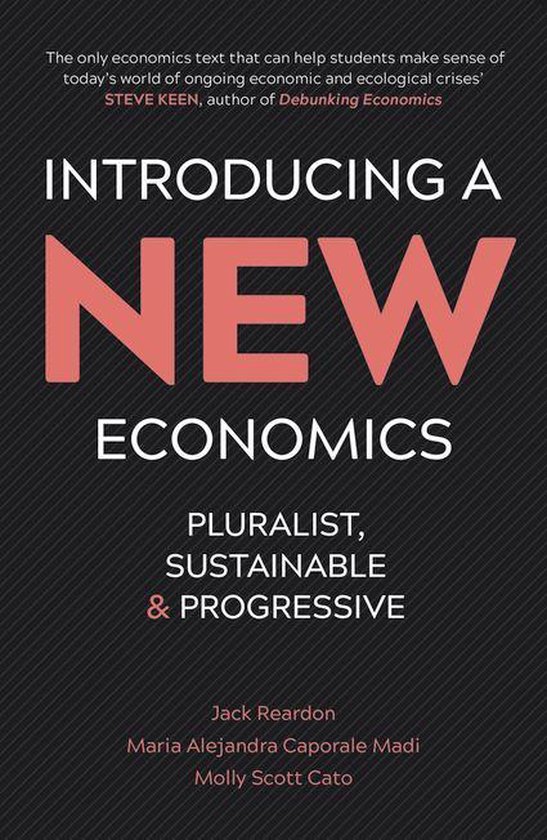
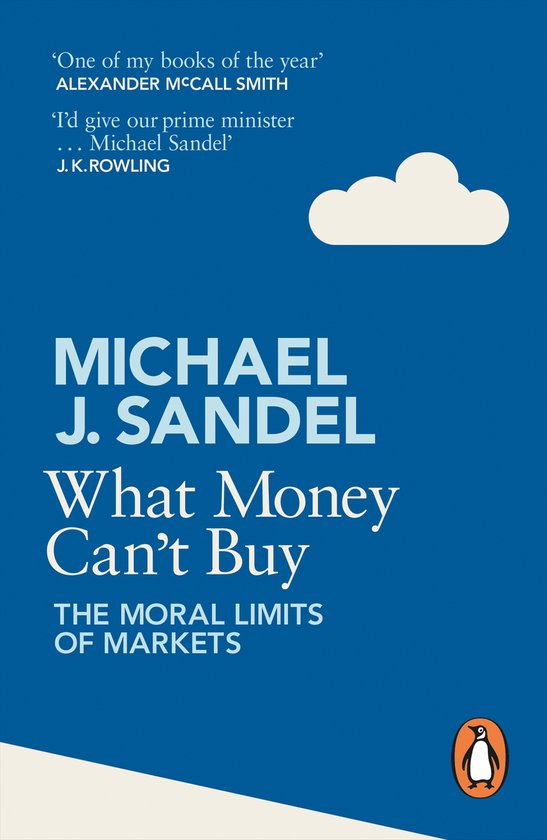
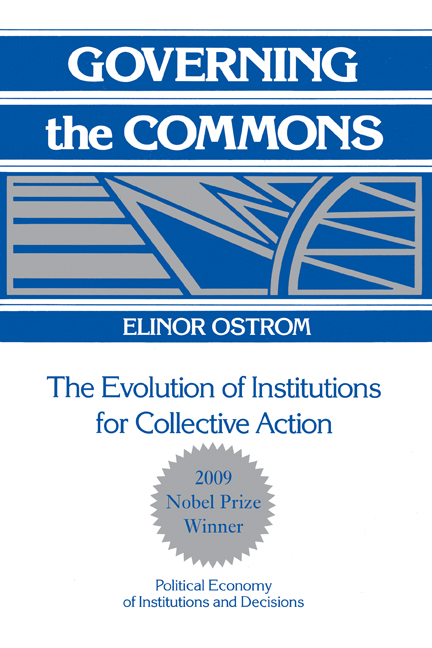
Practical skills and real-world knowledge
When teaching students how markets work, it can be particularly useful to let them explore and analyse real markets and sectors. Here we advise going beyond the typical example boxes in textbooks. While these are useful didactical tools to bring theory across, they do not give students substantial concrete knowledge about the actual economies. Instead, we recommend also treating real markets and sectors as topics in their own right, using theory as a tool rather than as the sole aim of the course.
This could be done by spending a lecture on a sector, its structure,
its different actors, its dominant business models or other ways of functioning, and its relationship to the rest of the economy. Subsequently, students could be given assignments to conduct further analyses of the sector, through case studies and/or quantitative research. Here it can also be especially enriching for students to go and talk to people in the sector. Guest lectures are one form for this, but these contacts could also double as research methods training: interviews or field visits.
One could use our This Month in the Economy Exercises to bring recent developments into the classroom.
For more detail, see Building Block 2: Know Your Own Economy and Building Block 9: Problems & Proposals.
A range of analytical tools and approaches
When teaching students microeconomics it is helpful and important to make students realise that what they are learning are theories, not direct descriptions of reality. This might seem like an obvious point for any economist or scientist, but it is often not for students, including ourselves when we started studying economics. Before going into the various theories and ideas, courses could, for example, pay attention to philosophy of science and what it means to scientifically study the (economic) world and develop theories about it.
For more detail, see Building Block 7: Research Methods & Philosophy of Science.
It can be very useful to teach students other theories too, besides neoclassical microeconomic theory. The concept of competition is central to microeconomics and therefore it would help students to explain both the classical and neoclassical conceptions of competition.
Besides markets, households play a key role in microeconomics. Students could benefit from learning about neoclassical ideas to do with rational utility maximisation within the household as well as feminist economics on the unequal division of unpaid labour.
Relatedly, it is important for students to learn that power relations and institutions have an enormous impact on markets and on economic processes more broadly. In this case we advise going beyond the mainstream notions of market power and transaction costs, and also include insights from Marxian and feminist economics to better understand how class, gender and politics play crucial roles in the economy.
Finally, it is relevant to discuss the meaning of consumption with students, as this has a uniquely central role in microeconomics courses. Besides neoclassical ideas, institutional and ecological economics are of particular importance as these focus on how preferences are socially constructed and how material consumption relates to human wellbeing.
Teaching Materials
- Microeconomic Principles and Problems A Pluralist Introduction by Geoffrey Schneider, from 2019. An engaging entree into the world of economic ideas, capitalism, markets, inequality, trade and government policies.
- Microeconomics in Context by Neva Goodwin, Jonathan Harris, Julie A. Nelson, Pratistha Joshi Rajkarnikar, Brian Roach, and Mariano Torras, from 2023. A useful textbook that treats much of the traditional content, but pays considerably more attention to questions related to financial crises, social inequality and environmental sustainability.
- Economics After The Crisis by Irene van Staveren, from 2015, chapters 1, 2, 3, 4, and 5. This textbook discusses the topics of households, consumption, firms and markets from the neoclassical, institutional, social and post-Keynesian perspectives.
- Economics: The User’s Guide by Ha-Joon Chang, from 2014, chapter 6, 7 and 9. This book provides a pluralist and accessible introduction into, among others, different economic approaches, the world of production, happiness and inequality.
- Introducing a New Economics by Jack Reardon, Maria A. Madi, and Molly S. Cato, from 2017, chapters 4, 9, 10, and 13. This textbook introduces the topics of economic value, markets, firms, consumption, and power from the post-Keynesian, Austrian, Marxian, and neoclassical perspectives.
- The Economy by The CORE Team, from 2017, chapters 3, 4, 5, 6, 7, 8, 11, 12, and 19. This textbook discusses many microeconomic topics, such as supply and demand, the firm, social interactions, power and inequality, while including recent mainstream insights and empirical findings.
- The Microeconomics of Complex Economies: Evolutionary, Institutional, Neoclassical and Complexity Perspectives by Wolfram Elsner, Torsten Heinrich, and Henning Schwardt, from 2014, chapter 17. This innovative textbook makes readers familiar with new insights coming from frontier mainstream economic research, with particular attention to game theory, agent-based modelling, system dynamics, and empirical realities.
- Rethinking Economics: An Introduction to Pluralist Economics by Liliann Fischer, Joe Hasell, J. Christopher Proctor, David Uwakwe, Zach Ward Perkins, Catriona Watson, from 2017. This collection of essays provides an accessible introduction into post-Keynesian, Marxian, Austrian, institutional, feminist, behavioural, complexity and ecological economics.
- Real World Micro, by Dollars & Sense, most recent edition from 2020. This collection of essays explores the empirical reality of many microeconomic topics, such as the minimum wage, trade policy, and stock markets.
- Towards a political theory of the firm, by Luigi Zingales, from 2017. In this paper Zingales argues for paying more attention to the role of power in firms as well as providing a brief history of different theories of the firm.
- Firms as political entities by Isabelle Ferreras, from 2017. A provocative book on the economic history and theories of the firm, arguing for a reappreciation of the role of power in the firm.
- An Evolutionary Alternative to Mainstream Microeconomics by Joseph E. Pluta, from 2015. A critical book proposing a more dynamic approach to the microeconomics of firms and markets building on behavioural, institutional as well as evolutionary insights as the title suggests.
- Classical vs. Neoclassical Conceptions of Competition by Lefteris Tsoulfidis, 2011. This paper juxtaposes the static and dynamic views of competition, respectively held by neoclassical economists on the one hand, and classical, Marxian, Austrian economists and business scholars on the other hand.
- Rethinking Microeconomics: A Proposed Reconstruction by Anwar Shaikh, from 2012. Shaikh argues microeconomics education could be more robust, rigorous and empirically grounded, building on old and new insights, in particular concerning emergent properties and shaping structures. Interestingly, he also builds on the insight of Becker (1962, “Irrational Behavior and Economic Theory.” Journal of Political Economy) that the key empirical consumption patterns, such as downward sloping demand curves, Engel’s Law, and Keynesian type consumption functions, can be derived without assuming rational utility maximisation and only requires two assumptions: that there is a budget constraint and a minimum level of consumption for necessary goods. His book Capitalism can also be useful for teaching.
Institutions and different ways of organising the economy
Microeconomic courses are generally centred on studying markets. The market is, however, only one of the coordination and allocation mechanisms through which economies are organised. Commons and hierarchies (both private and public) are other widespread mechanisms, and crucial concepts for understanding how economies function. Microeconomic courses could thus be enriched by adding other coordination and allocation mechanisms, such as hierarchies and commons. Besides discussing mechanisms, it could also be fruitful to discuss the different forms of economic organisation with students, ranging from multinational corporations, state institutions, and households to democratic cooperatives, family firms and civic organisations.
For more detail, see Building Block 5: Economic Organisations & Mechanisms.
Teaching Materials
- Introducing a New Economics by Jack Reardon, Molly S. Cato, Maria A. C. Madi, from 2018, chapters 10, 11 & 12. Three accessible and brief chapters, with accompanying classroom activities and questions, introducing students to what public goods, commons and firms are and how they can be governed, for example as a corporation owned by shareholders or as a cooperative owned by its workers or consumers.
- Economics: The User’s Guide by Ha-Joon Chang, from 2014, chapter 5. A short well-written chapter on different economic actors and organisational forms, from multinational corporations, cooperatives, and labour unions, to governments and a variety of international organisations.
- Organisations: A Very Short Introduction by Mary Jo Hatch, from 2011. A brief, accessible and yet highly informative book full with scientific theories and ideas on what organisations are, how they can be structured, how they change, and their internal dynamics and interaction with markets and society.
- Governing the Commons: The Evolution of Institutions for Collective Action by Elinor Ostrom, most recent edition from 2015, chapters 1, 2 & 3. A sharp and rigorous discussion of commons, how they are different from markets and hierarchies, how we should theorize them and real-world examples that help us better understand how they can be successful.
- Contemporary Capitalism: The Embeddedness of Institutions by J. Rogers Hollingsworth and Robert Boyer, most recent edition from 2012, chapter 1. An instructive analytical introduction and overview of different coordination and allocation mechanisms, such as markets, public and private hierarchies, networks, communities and associations.
Societal relevance and normative aspects
Like economics 101 courses, microeconomics courses could benefit from helping students understand what it means to be studying the economy, what it is and why it is relevant. Microeconomic courses can further be enriched by explicitly discussing the variety of normative principles
that guide decision making. Here, it is particularly enriching to discuss both utilitarian welfare criteria and other normative principles such as fairness, legitimacy, and stability. The main goal would be to help students understand normative trade-offs and be able to clearly communicate them to non-economists.
In addition, when discussing markets and other coordination and allocation mechanisms, one could make students familiar with normative debates about what their roles in the economy should be. A particularly relevant debate seems to be whether the entirety of human life and society should be marketized and commodified, or whether there should be ‘moral limits of markets’ and if so where should those limits be.
Finally, students could be introduced to the normative aspects of theoretical approaches. Showing students that analytical tools have values embedded in them can be an eye-opener that will help them in their future careers to be able to identify and distinguish normative and positive aspects. For instance, show a few examples of values embedded in analytical tools, such as the normative assumptions made in cost-benefit analyses or those underlying theoretical approaches like neoclassical, Marxian and ecological economics, as discussed in chapter Foundation 4: Values.
For more details, see Building Block 1: Introducing the Economy and Building Block 10: Economics for a Better World.
Teaching Materials
- Economy Studies Essential Lecture: Introducing the Economy by the Centre for Economy Studies, from 2022. This free open access teaching pack, centred on building block 1, is designed for 90-minute (online or offline) sessions that can be added to existing courses.
- Economic Analysis, Moral Philosophy, and Public Policy by Daniel Hausman, Michael McPherson, and Debra Satz, most recent edition from 2016. A great introduction into normative economics, covering its many areas and topics from welfare economics and utility theory to liberty, equality and justice.
- A Guide to Ethics and Public Policy: Finding Our Way by D. Don Welch, from 2014. A brief but insightful book providing a broad framework for evaluating policy proposals and outcomes, organised around five moral principles: benefit, effectiveness, fairness, fidelity, and legitimacy.
- Political Ideologies: An Introduction by Andrew Heywood, most recent edition from 2021. A useful and accessible introduction into a wide variety of political ideologies, from liberalism, socialism, and conservatism to feminism, nationalism, and green ideology, that shape much of our normative thinking on the economy.
- Moral Views on Market Society by Marion Fourcade and Kieran Healy, from 2007. An insightful overview paper on the key different normative perspectives on capitalism, enabling readers to better understand and place ideas and arguments prevalent in many debates about the economy.
- What Money Can’t Buy: The Moral Limits of Markets by Michael J. Sandel, most recent edition from 2012. A highly influential and well-written book reflecting on the moral place of markets in society and asking the key question whether everything should be up for sale. The Institute for New Economic Thinking has also launched a video series on the book and topic.
History
When introducing students to (micro)economic concepts, it can be very informative for them to understand when and how these were developed. There is no need to set out how the details of the models evolved over time, but it can be helpful to know of a few important breakthroughs in their development, the context in which they occurred and the contributions they made to the debates within the discipline. Besides this history of economic thought, economic history can also enrich microeconomic courses as it can help students get a better understanding of the roles that markets can play in economies. By discussing the history of markets, key insights and facts can be conveyed to students in a different way from explaining models and theories. Key questions could be: how did markets emerge and evolve over time; which different institutional frameworks concerning markets have existed and how did they perform; are there important differences between different kinds of markets, such as product markets in goods and services, and factor markets in land, labour and capital?
For more detail, see Building Block 3: Economic History and Building Block 4: History of Economic Thought & Methods.
Teaching Materials
- The Worldly Philosophers: The Lives, Times and Ideas of the Great Economic Thinkers by Robert Heilbroner, most recent edition from 1999. While first published in 1953, it remains perhaps the best introduction into the history of economic thought to this day. In a remarkably well-written and accessible manner it discusses the ideas of key economists and puts them into historical context.
- Grand Pursuit: The Story of Economic Genius by Sylvia Naser, from 2012. Another very accessible but more recent book introducing the history of economic thought through captivating narratives.
- A Companion to the History of Economic Thought by Warren J. Samuels, Jeff E. Biddle, and John B. Davis, from 2003, chapter 24 & 25. An extensive and detailed collection of contributions covering many periods and developments in the history of economic thought, with two chapters specifically devoted to the history of post-war neoclassical microeconomics and formalist revolution in economics.
- The Great Transformation: The Political and Economic Origins of Our Time by Karl Polanyi, most recent edition from 2001. This classic explores the economic history of the rise and fall of the market economy and how this transformed society.
What to take out
To create space for the above suggested additions, we advise focussing more on the key ideas and intuitions behind the taught models and devote less teaching time to their technicalities and mathematics. As teaching students to reproduce and work through mathematical models often takes up a large part of the teaching time, this would give the teachers the opportunity to devote more time to practical knowledge, the relevance, institutions, and history. Furthermore, a more even balance between neoclassical economics and other economic approaches could be achieved by decreasing the number of neoclassical ideas and models that are taught.

